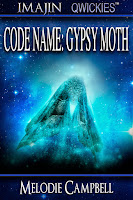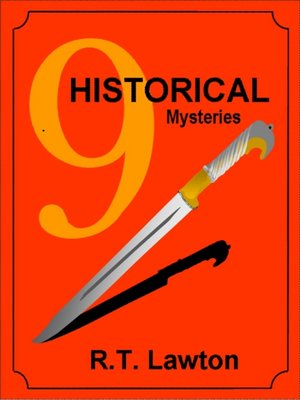 |
| 10 of the first 11 stories are now available in paperback |
So there I sat, with a list of holidays in one hand and a list of potential valuables to steal in the other hand while staring at a blank computer screen. No title, no plot. Just two burglars, Yarnell and Beaumont, impatiently waiting for me to tell them what shenanigans they are up to for in this next episode. I can hear Beaumont saying, "Get a move on, bud. We don't like being unemployed. We need to go steal something."
Okay, they need something to steal. Preferably an exotic item or an object which is out of the ordinary and reader-attention-getting. We'll have to work on that part. Normally, the holiday comes first in the brainstorming process and that leads to the item to be purloined which leads to the weird situation our two burglars subsequently find themselves in.
So far, we've used up eleven different holidays in previous stories. What's left on the list? Cinco de Mayo? Nope, no current ideas for that one. How about Chinese New Year or Vietnamese Ahn Tet? Sorry, nothing there for now. Well, St. Patrick's Day is on the horizon and you do know some people from your old Texas Street neighborhood in Rapid City, friends who really liked to party. Yeah, of course, the Texas Street Hereford Society.
 |
| L to R: Scott, Dan, Fast Eddie, R.T. (holding the tail) and Bob L'il Tex is the bucket calf in front. (he just got run through the car wash at the dealership and doesn't have a clue what's going on) |
Let's tighten the focus down to Fast Eddie in the middle. (How this five-member society came into being and some of its subsequent antics can be saved for another time.) Fast Eddie was the heir apparent to a car dealership, a Registered Black Angus ranch and a working commercial cattle ranch. He was also well known in all the bars in Rapid City. The rest of us society members always said that if Eddie died first, we would bungee cord his body to a refrigerator dollie, put a drink in his hand and wheel him through all his favorite bars for one last Grand Tour.
That gives us drinking, St. Patrick's Day and a story character like Fast Eddie after he has passed on. Time to brainstorm the story plot.
What if Yarnell has just entered an Irish bar on St. Pat's Day to meet with his partner in crime, Beaumont? Over green beers and loud Irish music from the jukebox, Beaumont informs Yarnell that they now have a contract to steal a body. Yeah, that should grab the reader's attention.
Moving on. It seems that a fellow burglar (Padraig, or Paddy as he is known to his associates) has died and his widow has arranged to have the wake at a funeral home. Some of the deceased's long-time drinking friends got into the party spirit, stole the corpse from his coffin while the widow wasn't looking, bungee corded the deceased to a refrigerator dollie and took him on a bar tour. The widow then hired Yarnell and Beaumont to find her wandering deceased husband, steal him back and get him to the funeral home in time for scheduled services, else the contract is void and thus no payment. The story is now open for anything to happen.
As a side note, while the widow may have thought Padraig (Paddy) was a potential saint while he was living, by the time he is returned to the funeral home, there may be evidence that his reputation is tarnished beyond repair.
The resulting story, "St. Paddy's Day," 12th in the series, was submitted to AHMM on 06/13/19 and accepted by their editor on 04/16/20. If I had to guess, I'd say it will probably see print in their March/April 2021 issue.
And there you have it. Another brainstorming session turned into a salable story.
Wish they all turned out that well.
BUSINESS NOTE: Normally, the acceptance e-mail says that a contract will be coming via e-mail in about 30 days, but I usually get the e-contract in about two weeks, print and sign two copies and immediately mail them to DELL Publishing's contract person. Then, I wait for the check. However, due to the pandemic, the e-contract for the above story took about 42 days to arrive and the instructions were different. For this contract, I printed out and signed one copy. This signed copy was then scanned and e-mailed to DELL's contract person. Saves me postage on mailing the signed contract back to them. We'll see how long it takes for this check to arrive. Hey, I'm just glad to still be selling.








































